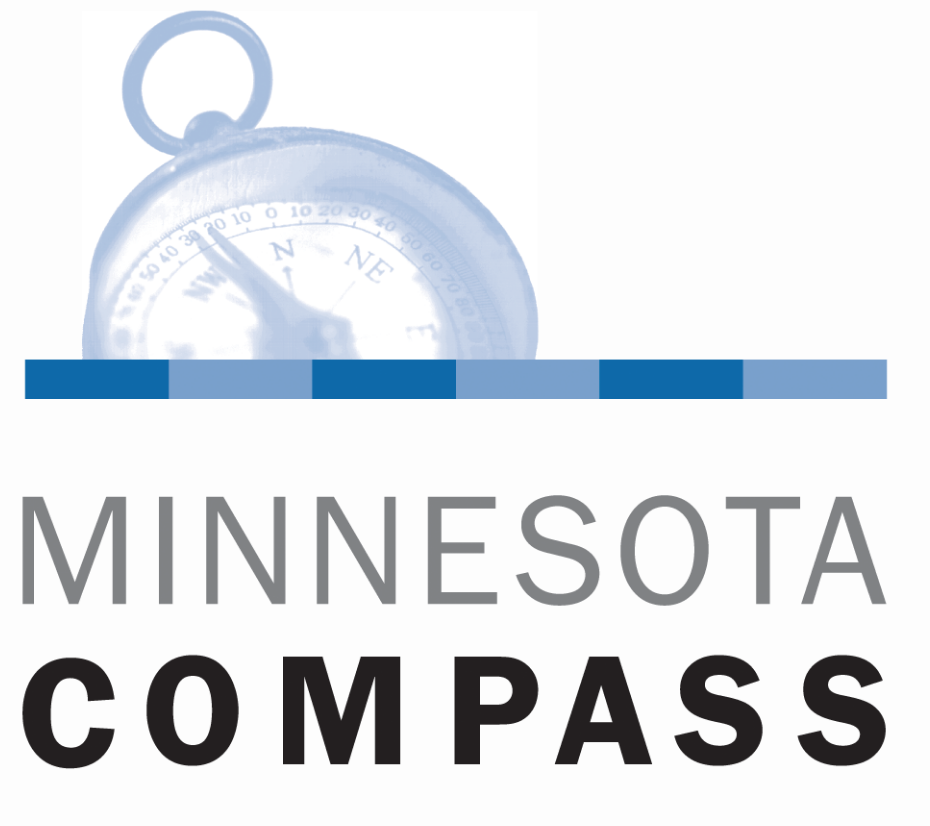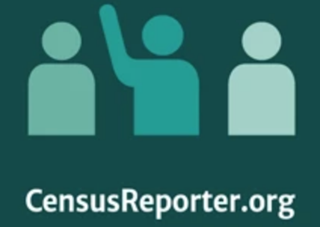The following links offer additional research, tools, and other information relevant to population characteristics and population change in the Twin Cities region. Sharing does not imply endorsement or agreement with specific research findings or policy positions.
Minnesota Compass at Wilder Research
Minnesota Compass is a social indicators project that measures progress in our state and its communities. Led by Wilder Research, Minnesota Compass provides nonpartisan, credible information and tracks trends in topic areas such as education, economy, workforce, health, housing, and a host of others.
Geographic Profiles are available for the state as a whole, the seven regions of the state, Minnesota's 87 counties, and all cities with populations of 1,000+. Each profile contains demographic information and data across Compass topic areas, drawn from U.S. Census datasets, among others.
Census Reporter
 Census Reporter
Census Reporter is a funded project designed to make it easier for journalists to write stories using information from the U.S. Census Bureau—and us researchers like it too.
Place profiles and comparison pages provide a friendly interface for navigating data, including visualizations for a more useful first look. Sve the data you’re viewing in comma-separated value (.CSV), Excel (.XLS) or a variety of geographic data formats.
IPUMS National Historical Geographic Information System at the Minnesota Population Center, University of Minnesota

The
National Historical Geographic Information System (NHGIS) provides easy access to summary tables and time series of population, housing, agriculture, and economic data, along with GIS-compatible boundary files, for years from 1790 through the present and for all levels of U.S. census geography, including states, counties, tracts, and blocks.